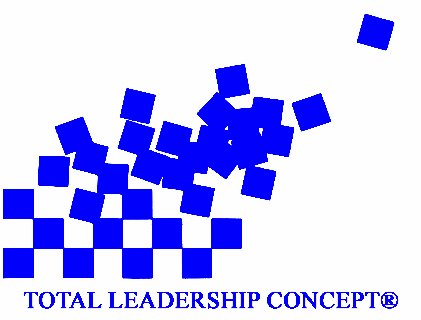
Abilities
Arousal
Attitude
Behavior
Beliefs
Competencies
Engagement
Environment
EI
Experience
Feelings
Intention
Motivation
Nature and genes
Organization
Performance
Performance Improvement
Performers
Process
Results
Skills
Social Pressure
Talent
Understanding
Values
George Odiorne's article, A Systems Approach to Training is published. Although still not the SAT or ISD that we now know, it lays some interesting background. He discusses the eight types of training systems that are often found in organizations:
1. Static System of
Training: This is a static structure best pictured as an organization
chart. Objectives and definitions are the input, classes are the processes,
and trained people are the output.
2. The Clock Like System of Training: This is a structure
based on time which is wound up at the beginning of a semester or
season. Exact hours of training are laid out. The clock runs it course
until the program is completed.
3. The Cybernetic: This presumes that the needs will be identified,
the training process will meet the needs, and evaluation will measure
the effect. There is a plan for restoring organization performance
to ideal levels by changing behaviors.
4. The Cell System of Training: The training department is
sustained on a self maintaining basis. It charges other departments
for all cost of training, confident that it can sustain its own existence
by providing training to line departments.
5. The Plant System of Training: This is modeled after a
central stem with branches and twigs. Branches such as sales training
or leadership training can be snipped or grafted on.
6. Training as a Organism: Analogous to an animal or a human.
It has receptors, such as advisory groups and research which provide
information to its brain. It often works at symbolic levels.
7. Training Department as Social Organization: It is concerned
with complex relations and numerous contact points.
8. Training as a Social Movement: Closely associated with
a social change movement, such as achieving an "industrial democracy."
Almost no real life training and development operates wholly to anyone of the above training systems, but rather a combination or two or more. During this time frame (sixties and seventies), the training literature was becoming more and more inline with systems. And in particular, cybernetic systems. One of the major reason was the impact that Skinner and other behaviorists were having on the training industry.
Although cybernetic can mean a world of things depending on what perspective
you are looking at it from, training professionals at this time looked
upon it as a communication theory that treats organisms and organizations
as being very much alike - both display behavior. The term "cybernetic"
(Greek kybernetes, pilot, steersman - steering a ship on course to
a desired destination) was coined by the mathematician Norbert Wiener
in 1948 to describe the field of control and communication theory,
whether it be by a human or in a machine. It treats not "things"
but rather "ways of behaving." Odiorne's Cybernetic model
looks like in here.